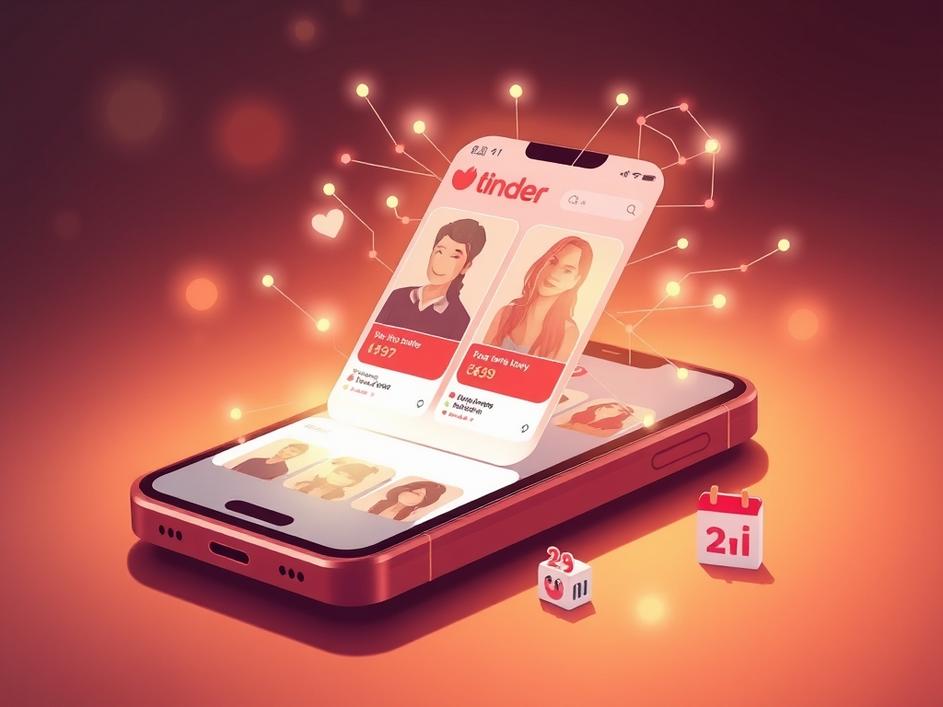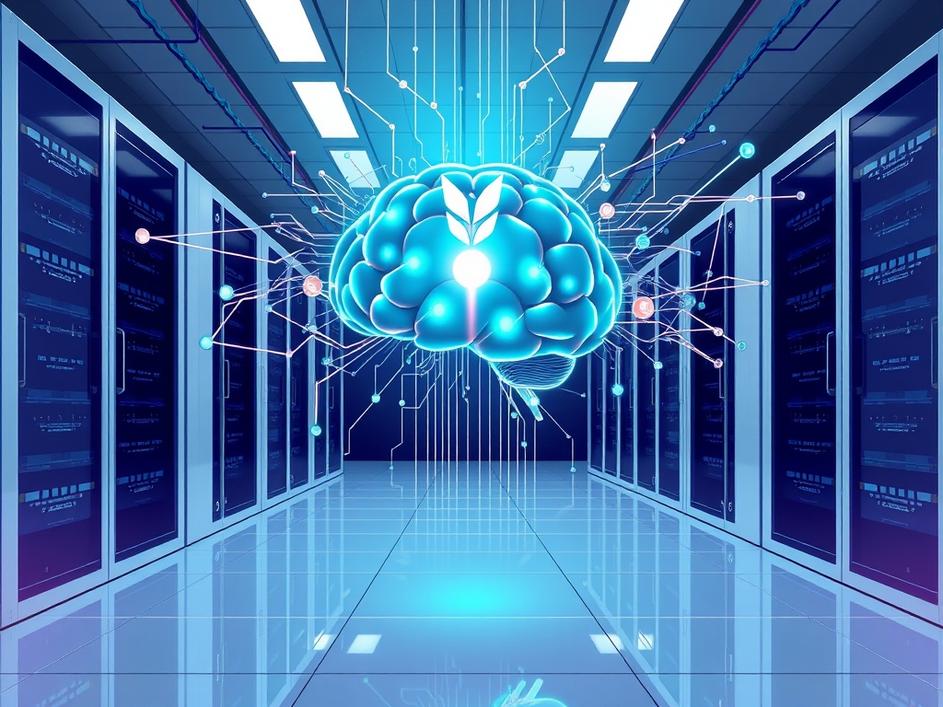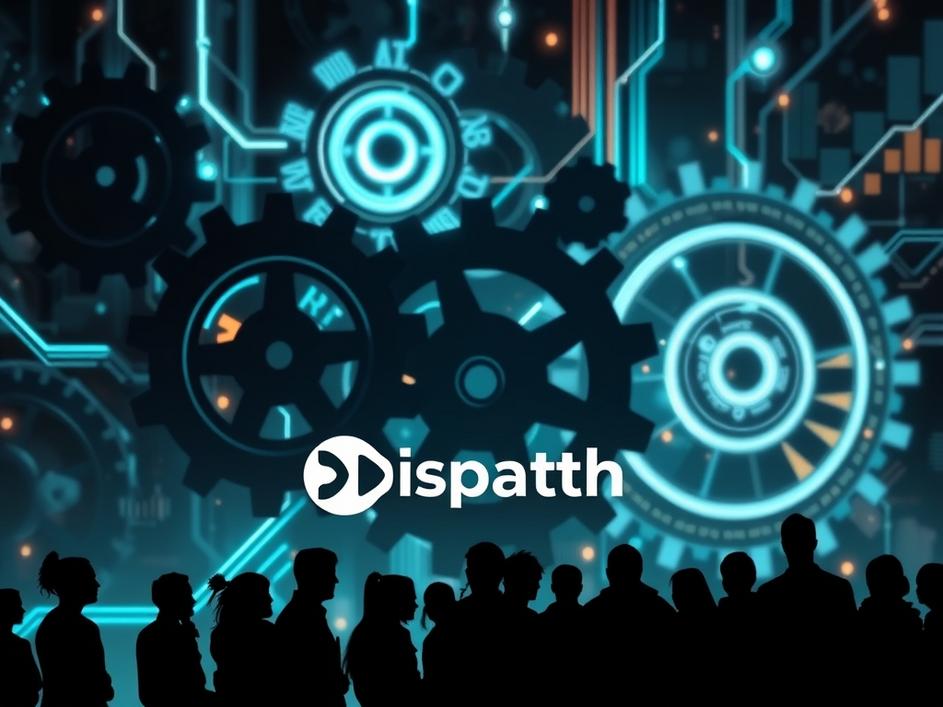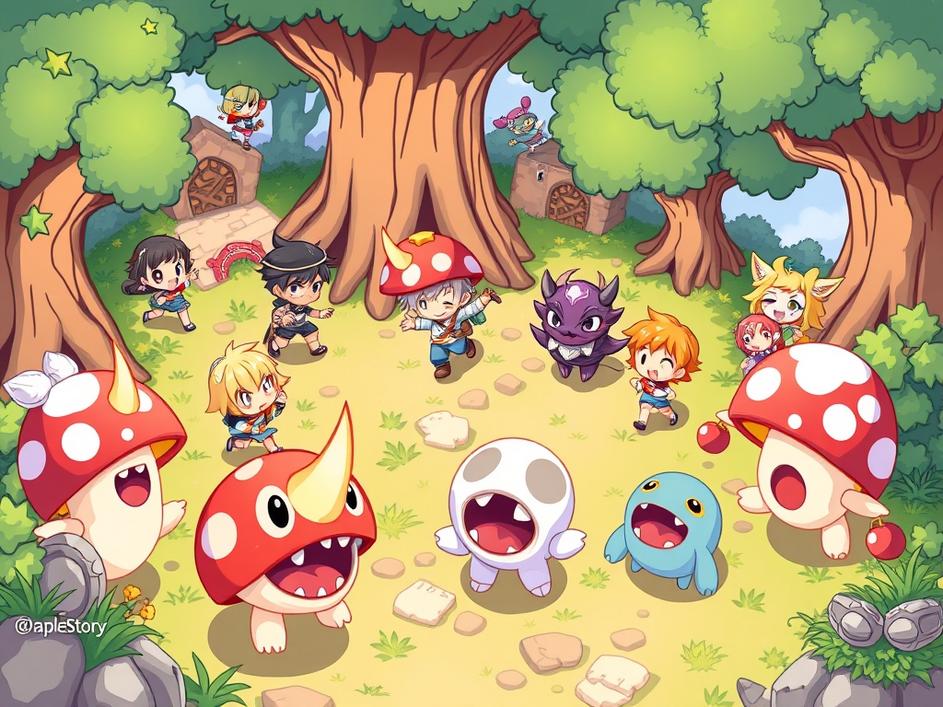


We are a digital agency helping businesses develop immersive, engaging, and user-focused web, app, and software solutions.
2310 Mira Vista Ave
Montrose, CA 91020
2500+ reviews based on client feedback

What's Included?
ToggleIt’s no secret that dating apps have seen better days. Many people feel tired of endless swiping, and the initial excitement has definitely worn off. Even big players are struggling to keep people engaged. Tinder, for instance, has reported fewer paying customers for nine quarters in a row. That’s a clear sign that things need to change in a big way. So, what’s the plan when your main way of doing business isn’t working as well anymore? If you’re Tinder, you turn to artificial intelligence, or AI, to try and revitalize your app. This isn’t just a small update; it’s a major shift in how they aim to connect people. They hope AI can make the dating experience much more personal, moving it away from being just a game of chance. It makes you wonder if this could truly bring people back, or if it’s another phase in online dating’s ever-changing story. The idea is for the app to become smart enough to really understand you, far beyond the few photos and short bio you usually share.
What does it mean for Tinder to use AI to “get to know” users? Right now, profiles are quite basic: a few chosen photos, a short description, maybe some quick answers. It’s all very surface-level. But with AI, Tinder aims for something much deeper. Imagine the app analyzing more than just your selected profile pictures. It could potentially look at your text responses, the types of profiles you interact with, even how you chat. The goal would be to build a richer, more detailed picture of your personality, your hobbies, and what you’re looking for in a partner. Instead of simple filters like age or distance, the AI might pick up on your sense of humor, your habits, or what truly motivates you. The promise is better matches. Fewer awkward first dates, more genuine connections. It sounds appealing, especially for those who feel their current profiles don’t really show their true selves. The hope is to move beyond a curated highlight reel to something more authentic.
Here’s where things get really interesting, and potentially a little concerning. Part of this AI push involves possibly looking into your Camera Roll photos. Think about that. Instead of just the handful of pictures you carefully choose for your profile, the AI might scan a wider collection from your phone. On one hand, this could be amazing. An AI could potentially spot patterns in your everyday life – if you’re always hiking, spending time with friends, or exploring new places. This could create a more honest and natural picture of your life than any posed selfie. It might help the app find people who truly share your lifestyle. But then, there’s the other side: major privacy worries. Our Camera Rolls are incredibly personal. They hold unfiltered moments, private memories, and photos of people who haven’t agreed to be on a dating app. The idea of an AI sifting through these intimate moments brings up many questions. How much access is too much? How will these photos be kept safe? What if the AI misunderstands something? It’s a bold move that tests the boundaries of digital privacy and trust.
My view on Tinder’s new approach is definitely mixed. The chance for more meaningful connections is exciting. Who wouldn’t want to skip past the shallow stuff and find someone who genuinely understands them? If AI can help reduce the frustration of bad matches, it could make the dating app experience feel like a real opportunity. However, the privacy concerns, especially with Camera Roll access, are huge. Trust is vital. People already worry about their data online, and giving a dating app access to such a personal part of their digital life is a massive request. There’s also the risk of bias. What if the AI favors certain types of photos or lifestyles, accidentally limiting someone’s matches unfairly? Or what if it misinterprets details, focusing on surface things instead of true personality? I also wonder how authentic these AI-driven connections will truly feel. Is a match found by an algorithm as satisfying as one that feels more spontaneous? It’s a tough balance between innovation and our human need for genuine feeling.
While AI is smart and can process huge amounts of data, some parts of human connection are just hard to measure. That spark, the chemistry, that “I don’t know why, but I just like them” feeling – can an algorithm really predict or create that? Love, attraction, and real connection often happen in unexpected ways. Sometimes, the person you least expect to get along with turns out to be your best match. What if AI, trying to find “perfect” matches, actually removes some of that wonderful unpredictability? Part of the fun of dating, even online, is the discovery and the surprising connections that don’t always make sense on paper. An AI might create a highly compatible match based on shared hobbies and similar lives, but it might miss the subtle humor, the shared look, or the unique energy that truly brings two people together. It’s like trying to program spontaneity. You can build all sorts of rules for an AI, but the human heart often follows its own, illogical path. AI can definitely help, but it’s a tool, not a full replacement for the complex and beautiful process of falling for someone.
Tinder’s move into AI and potentially your Camera Roll photos is a big moment for online dating. It shows they want to offer something more meaningful and move past current app fatigue. The idea of deeper, more personalized matches is very appealing, promising a world where finding “the one” might feel a bit less like a huge search. But with this power comes great responsibility, especially since we’re talking about our search for connection and our private digital lives. Questions about privacy, data safety, and what truly makes a connection real will only become more important. As dating apps keep changing, mixing human interaction with smart technology, we all need to think carefully. We need to consider what we’re comfortable sharing, what we value in a relationship, and how much we trust algorithms to help guide our hearts. It’s an exciting, but also cautious, step into a future where technology plays an even bigger part in how we find love. Only time will tell if this bold move works out for Tinder, and more importantly, for the millions of people hoping for genuine connections.



Leave a reply